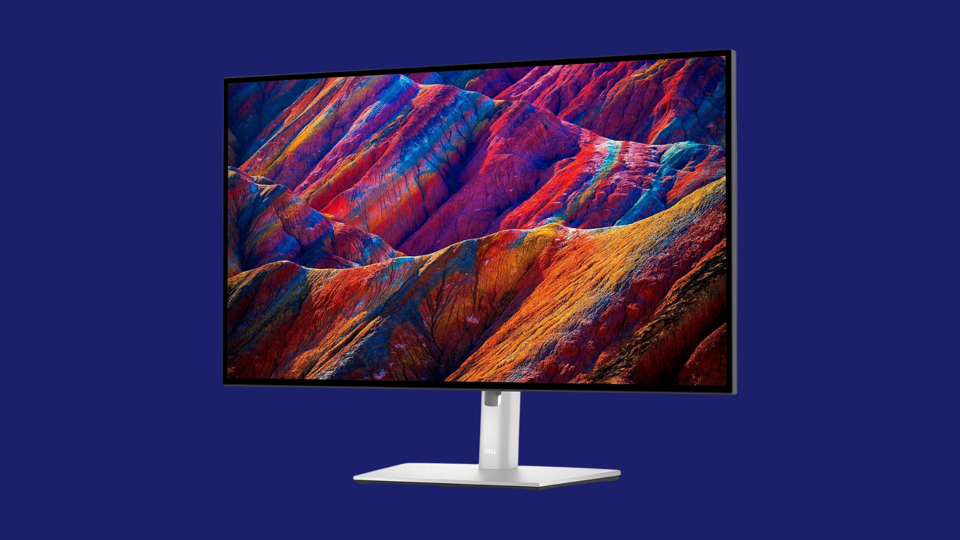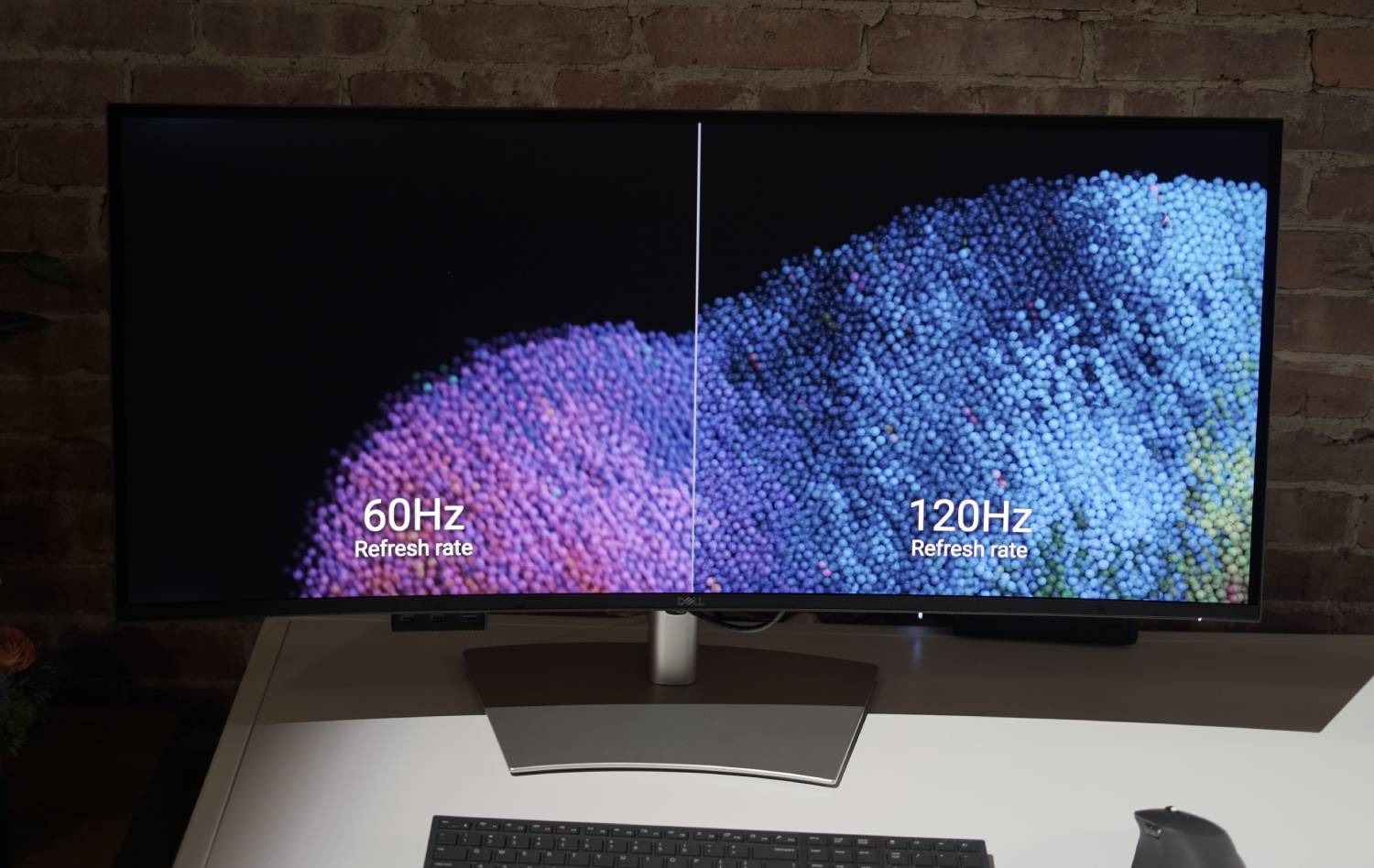Creating an efficient workspace often involves having multiple monitors to manage and organize your workflow. Daisy chaining monitors is a clean and streamlined method to link multiple displays using a single connection from your computer. This setup is particularly useful for reducing cable clutter and making it easier to manage multiple screens. In this guide, we’ll cover how to daisy chain monitors and the benefits of doing so for your workspace.
Understanding Daisy Chaining Technology
The Basics of Daisy Chaining
Daisy chaining refers to connecting a series of devices together in a sequence or loop. To daisy chain monitors, you often use DisplayPort (DP) or Thunderbolt connections which carry both video and data signals. Each monitor requires at least two ports – one to receive the signal from the computer or previous monitor, and another to send the signal to the next monitor in the series.
Hardware Requirements
To successfully daisy chain monitors, your starting point is a computer with a DP 1.2 or Thunderbolt output. Your monitors also need to support these connections and offer a DP output for chaining. Not all monitors have this feature, so it’s crucial to check the specifications before you purchase. Ensure that your graphics card can support daisy chaining and can handle the increased load of multiple monitors.

Setting up Your Monitors
Connecting Your Monitors
Start by turning off all of your monitors and your computer. Connect the first monitor to your computer using a DP or Thunderbolt cable. Next, connect the first monitor to the second monitor using another cable of the same type. Repeat this step as necessary for additional monitors in the chain. Once everything is connected, power on your monitors and computer.
Configuring Display Settings
Once all monitors are connected and powered on, go to your computer’s display settings. Your operating system should automatically detect the daisy-chained monitors. Arrange them according to their physical placement on your desk, and decide whether you want to mirror your display across all screens or extend the desktop. Adjust the resolution settings for each monitor to your preference.
![]()
Advantages of Daisy Chaining
A Tidier Workspace
Daisy chaining reduces the need for multiple cables from your computer to each monitor, limiting cable clutter. A clean setup not only looks better but also helps reduce distractions, contributing to a more focused and productive work environment. Fewer cables can also mean easier troubleshooting if a problem arises.
Enhanced Work Efficiency
With multiple monitors daisy-chained together, you can extend your display and have more desktop real estate. This setup allows you to work with multiple applications seamlessly, side by side, without the need to alt-tab constantly. As a result, you can be more efficient in tasks that require comparing documents or referencing multiple data sources simultaneously.

Potential Limitations and Workarounds
Monitor Compatibility and Chain Limits
One limiting factor of daisy chaining monitors is that it’s not universally supported. You need monitors that have DP out ports, which may limit your options. Additionally, most graphics cards support a limited number of monitors in a daisy chain, often a maximum of three or four. If you need to connect more, you may have to look into other solutions like using additional graphics cards or a dock.
Resolving Common Issues
In some cases, you might run into issues like one or more monitors not being detected. This problem can usually be resolved by double-checking your hardware capabilities, ensuring all connections are secure, and the monitors are in the correct sequence. If issues persist, consulting the user manual or seeking online forums for your specific hardware setup can be a helpful troubleshooting step.

Maximizing Your Daisy Chained Monitors
Making the Most of Your Multi-Monitor Setup
Once your daisy chained monitors are in place, it’s important to maximize their potential. You can do this by arranging your workspace to keep the most-used applications on the main screen and auxiliary programs on the secondary screens. For tasks that require high concentration, spread them across monitors to avoid flipping back and forth between tabs. Keyboard shortcuts to switch between screens can also enhance fluidity when working with multiple monitors.
Adjusting for Optimal Ergonomics
An ergonomic setup is crucial when working with multiple monitors. Position the monitors so that the bezels align closely to create a nearly seamless transition from screen to screen. Ensure that the height and angle are adjusted to prevent neck strain. The top of the monitor should be at or slightly below eye level, and tilted slightly upwards to avoid glare and to maintain a comfortable viewing distance.

Streamlining Workflow with Dedicated Tasks Per Monitor
Designate each monitor for a specific type of task to streamline your workflow. For example, dedicate one monitor to handling emails and communication, another for your main work projects, and a third for reference materials or additional tools. By assigning specific tasks to each screen, you enhance focus and minimize the time spent switching contexts. This organization can lead to increased productivity and a reduction in cognitive load.
Troubleshooting Common Daisy Chain Issues
Identifying and Fixing Connectivity Problems
When problems occur in a daisy chained monitor setup, start by checking the physical connections. Ensure all cables are securely connected, and the monitors powered on. If a monitor is not displaying, try disconnecting and reconnecting it in the chain. Check the settings in your graphics card’s control panel to confirm that the daisy chain feature is enabled and correctly configured.
Software Glitches and Driver Updates
Occasionally, software glitches may cause issues with daisy chaining. To resolve these, ensure that your operating system and all drivers, especially those for your graphics card and monitors, are up to date. Outdated drivers can lead to poor communication between your computer and monitors. If updates do not fix the issue, try restarting your computer with only the primary monitor connected, then gradually add the additional screens.
Daisy chaining is a practical and visually appealing way to employ multiple monitors in your workspace. It allows a large, stretched display with minimal cabling, making it an excellent choice for professionals who deal with extensive multitasking or require expansive views of their projects, like video editors, graphic designers, and financial analysts. Before establishing a daisy-chained workspace, ensure that your equipment meets the technical requirements, and be aware of the limitations. Correctly setting up this system can lead to a more organized, efficient, and productive work environment. By utilizing this technology, you can create a high-functioning space that caters to your professional needs and enhances your daily workflow.